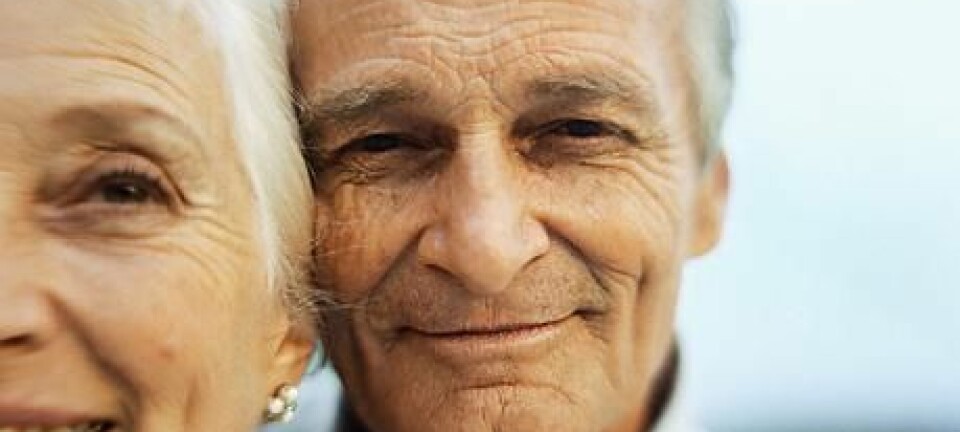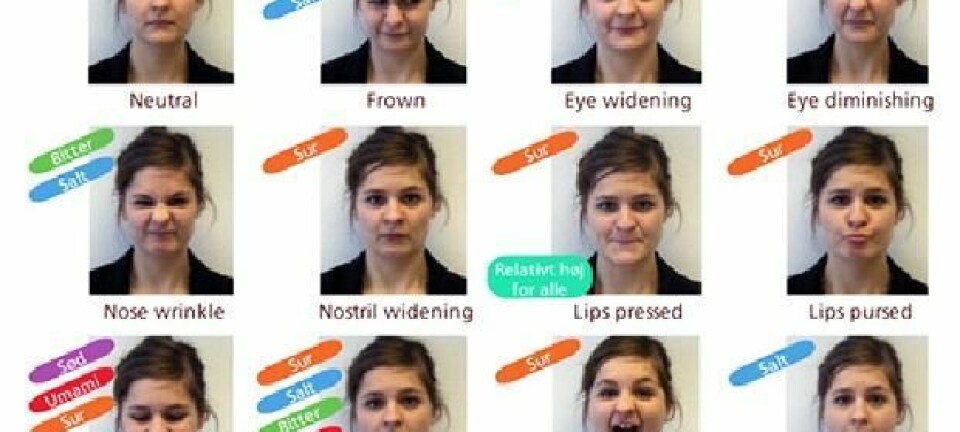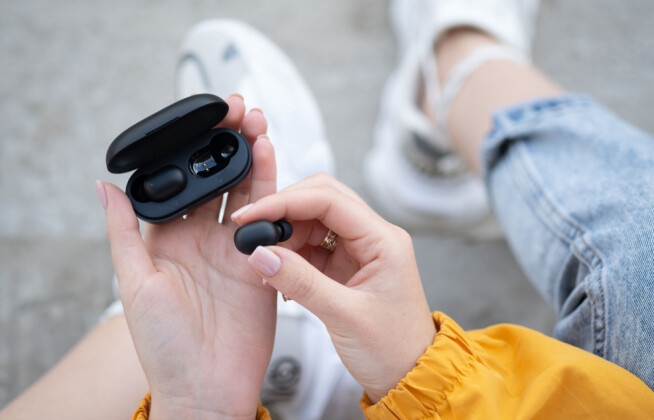
What men look for in a woman's face
New research reveals what facial features men look for in women. The underlying mechanism differs greatly from the one women use when picking a man based on his facial features.
It’s not fair, but it’s true: some people just look prettier and more attractive than others. And as if that were not enough, beautiful people live easier lives – from the nurse who gives more attention to the pretty baby, the schoolteacher who is more likely to blame the ugly kids to the salary negotiations where beauty often results in a bigger paycheck.
From a biological perspective it has become clear in recent years that beauty is not a fleeting phenomenon which, like fashion, changes with time and across cultures. Rather, behind all this beauty lies a biological signal that informs the surroundings of how healthy we are.
The face appears to be particularly important as a signalling device. And now an international study, headed by the Finnish evolutionary biologist Markus Rantala of Turku University, shows that attractive faces signal different things in men and women.
A strong immune system is attractive
A year ago, Rantala and colleagues found that the attractiveness of men’s faces is related to how strong their immune systems are.
The researchers asked women to judge neutral passport photos of men. They found that the higher the men featured in the women’s ratings, the stronger the men’s immune response to a vaccine against hepatitis B.

This is in line with previous studies, which have shown that immune genes known as MHC are more variable (and thus provide better protection) in men whose faces are judged as beautiful by women.
A strong immune system can withstand high testosterone levels
Other studies have indicated that features that are perceived as ’masculine’ – e.g. a prominent jawline, heavy eyebrows and beard growth – are controlled by the male sex hormone testosterone.
And since testosterone can also inhibit immune functioning, the masculine face may be a biological demonstration of a superior immune system that is strong enough to withstand high levels of testosterone.
This is a human version of what scientists call ’the handicap principle’, which was proposed by biologists Amots and Avishag Zahavi in 1975 to explain phenomena such as the oversized tail on the male peacock.
There are, in other words, many indications that the attractiveness of men’s faces is evolutionarily linked to the immune system.
But what about women’s beauty?
It is tempting to think that the immune system also plays a part in women, and now Rantala’s research group has repeated the experiment with the hepatitis B vaccine on women.
They picked the hepatitis B vaccine because hepatitis B is one of the most common viruses, so it may be ecologically and evolutionarily relevant in the sense that our immune system can be selected to respond to it.
Since most Finns are vaccinated against hepatitis B, the researchers conducted their study at the Daugavpils University in Latvia, where the vaccine is not common. Another reason for this was that in Latvia, fewer students use birth control pills, which can alter the hormonal balance and affect the user’s appearance, for instance in the shape of acne.
Women’s beauty determined by stress and fat
We found a correlation between female beauty and the levels of stress hormones and the percentage of fat in the face.
The study consisted of 52 female students who, just like the men, had a standard passport photo taken of them. Eighteen heterosexual male students then rated the pictures on a scale from -5 (very unattractive) to +5 (very attractive).
With the women, the researchers found no correlation between the rating of their pictures and the severity of their immune response.
“This is very surprising, but instead we found a correlation between female beauty and the levels of stress hormones and the percentage of fat in the face,” says Rantala.
Stressed women had the lowest score
The researchers found that the higher the levels of stress hormones, the lower the rating of the women’s pictures.
”This is actually quite logical, because we know that stress hormones inhibit the female sex hormone, and if the stress level is very high, it can make the woman infertile.”
Our study shows that if a women wishes to look attractive, she should try to keep her stress levels down.
In other words, a woman’s facial beauty can help the man find women who are not severely affected by stress, and since there is a strong correlation between stress and fertility, the ‘stress’ signals that are reflected in the face may be evolutionarily selected as beauty.
A pretty face should be neither thin nor thick
There was no linear correlation in terms of fat percentage. Rather, there was a curve with an optimal point, within what can be called normal weight. Too much or too little fat in the facial tissue was perceived as unattractive by the men in the study.
This, the researchers believe, may reflect a more general image of health – that being too thin and too thick are unhealthy. Interestingly, body weight has also been linked to fertility, which is lower in both underweight and overweight women compared with those with normal weight.
So this could indicate that men pick their mate based on health and fertility, while women pick their mate partly based on the short-term risk the he might infect her with a disease, and partly based on whether he can produce children with strong immune systems.
Beauty is a broad concept
Our concept of beauty is not, of course, limited to the facial features mentioned in this study. Other factors, such as youthfulness, body proportions, symmetry and scents play a role too.
“But facial attractiveness is one of the most important factors – more important than e.g. body shape,” says Rantala.
”Our study shows that if a women wishes to look attractive, she should try to keep her stress levels down.”
——————————
Read the Danish version of this article at videnskab.dk
Translated by: Dann Vinther
Scientific links
- "Facial attractiveness is related to women's cortisol and body fat, but not with immune responsiveness", Biology Letters (2013), DOI: 10.1098
- "Evidence for the stress-linked immunocompetence handicap hypothesis in humans", Nature Communications (2011), DOI: 10.1038
- Review article of previous studies, by Gillian Rhodes






